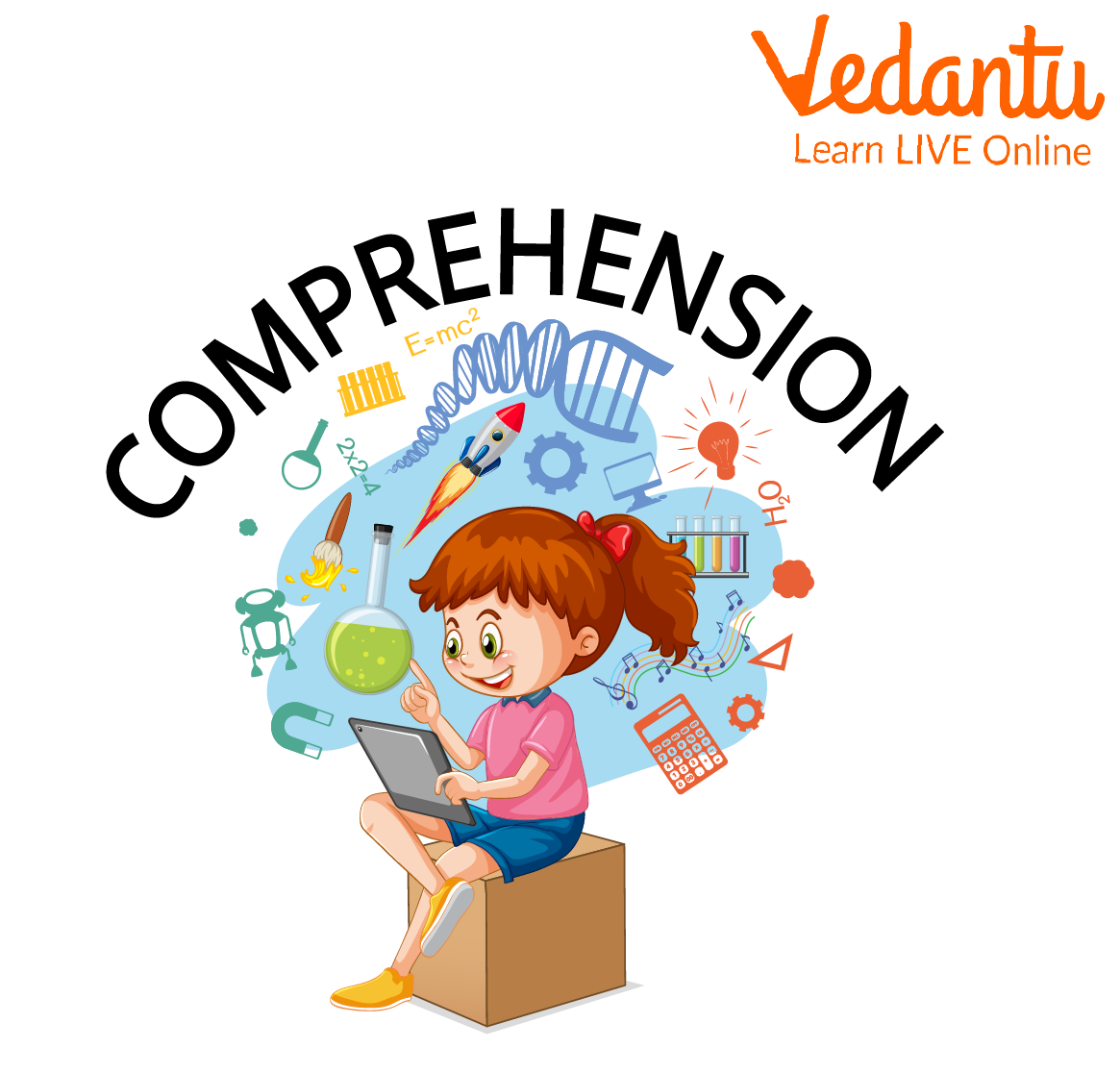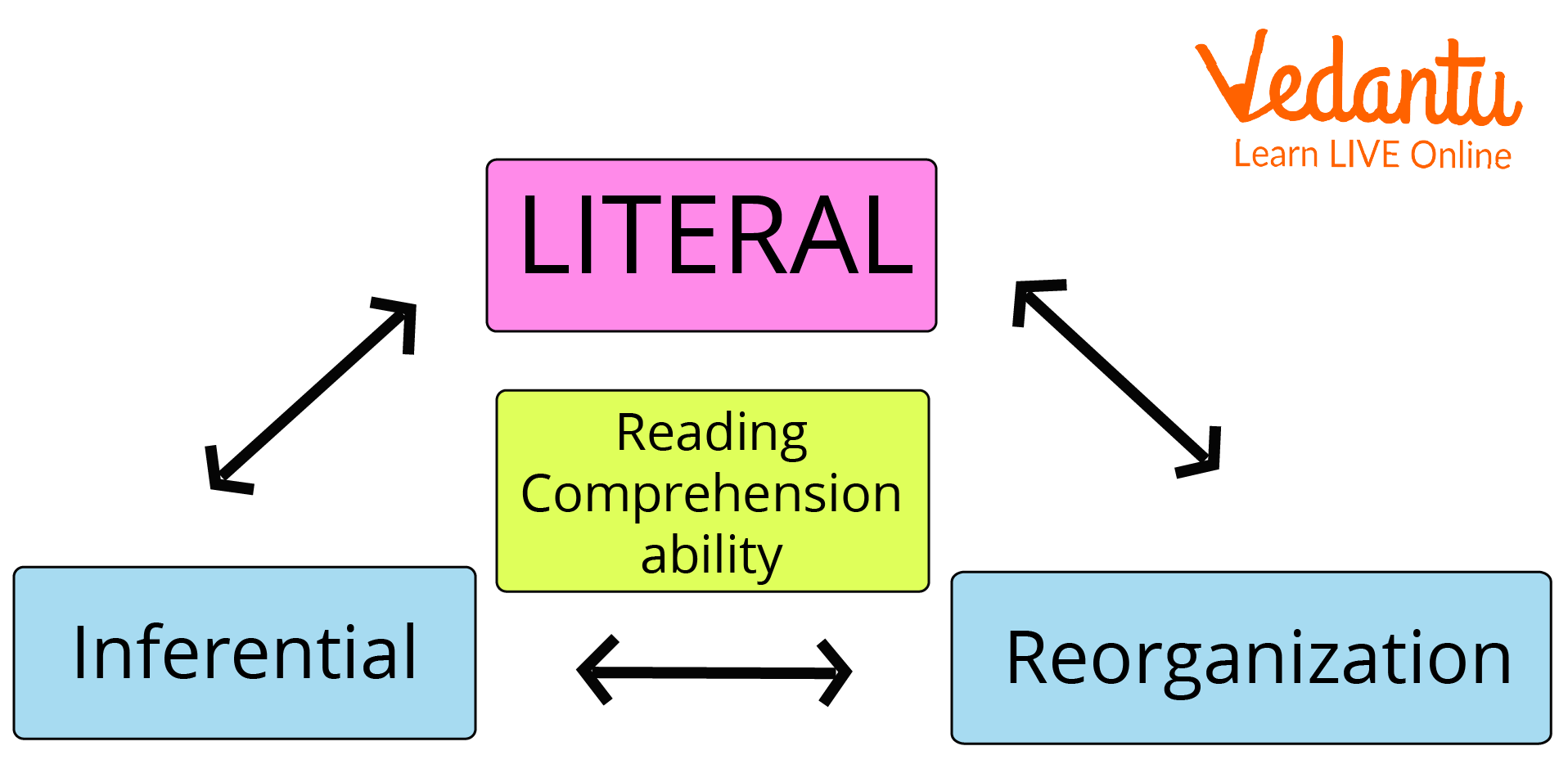English Grammar Class 6 Comprehension - Download Free PDF with Solution
FAQs on English Grammar Comprehension For Class 6
1. What is Reading Comprehension?
The term comprehension describes the capacity to comprehend written language. Unlike the capacity to recognize words, it is different. Recognizing words without understanding what they mean does not achieve comprehension, which is the aim or objective of reading. Consider a scenario when a teacher assigns a text for a student to read. The youngster can read the entire chapter, but when asked to explain what was read, they cannot do so. What is read gains meaning when it is understood. Reading comprehension remains sustainable when words on a page are more than letters and sounds. Reading is joyful, entertaining, and educational when it is understood.
2. What are some tips to improve reading comprehension skills?
The following simple yet useful advice will aid in the procedure of reading:
Make reading enjoyable by reading aloud.
Ask yourself the important "WH" Questions.
3. What are the three crucial components of comprehension?
The ability to decode, read fluently, and correctly use language are essential for comprehension.



















